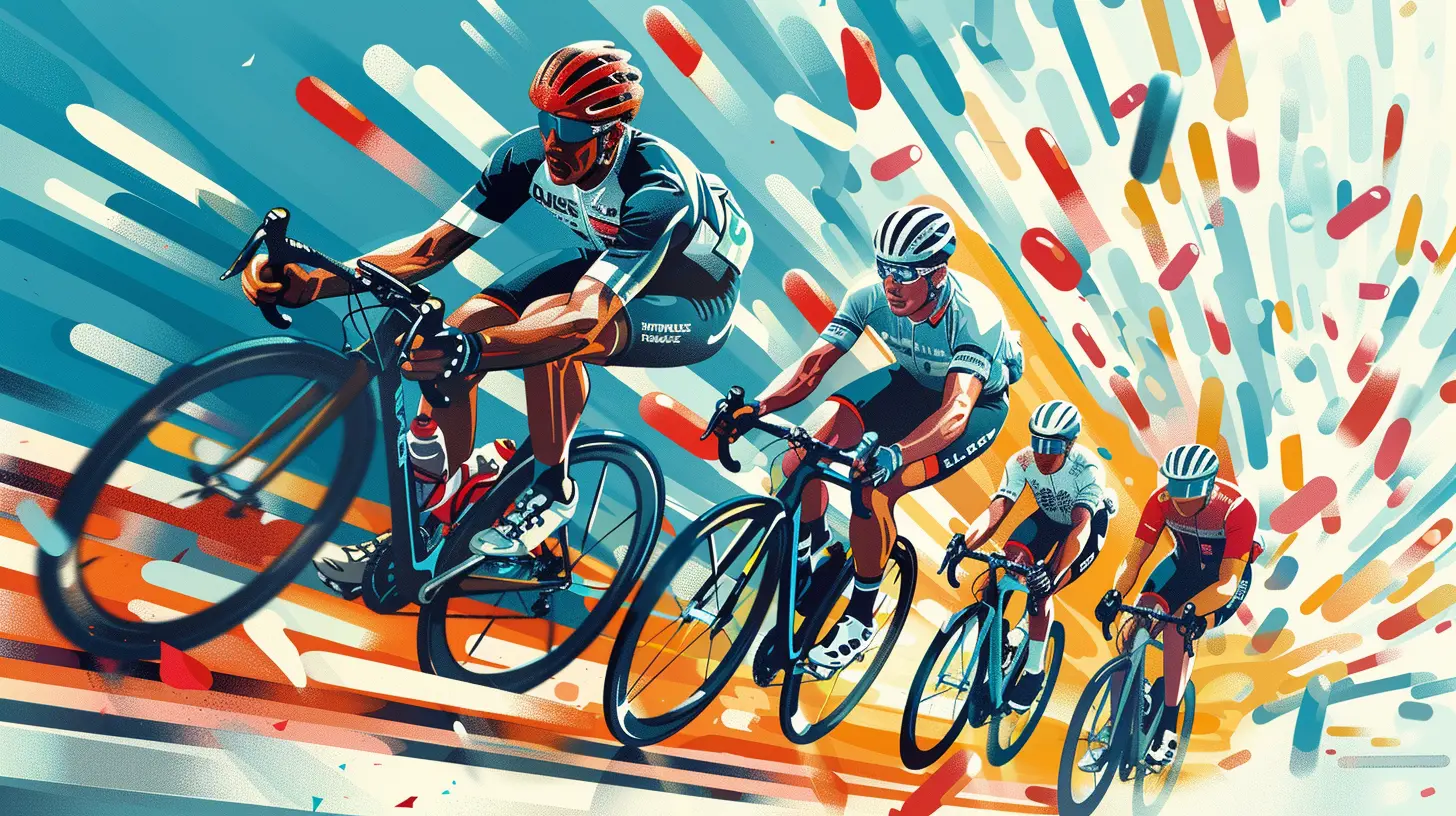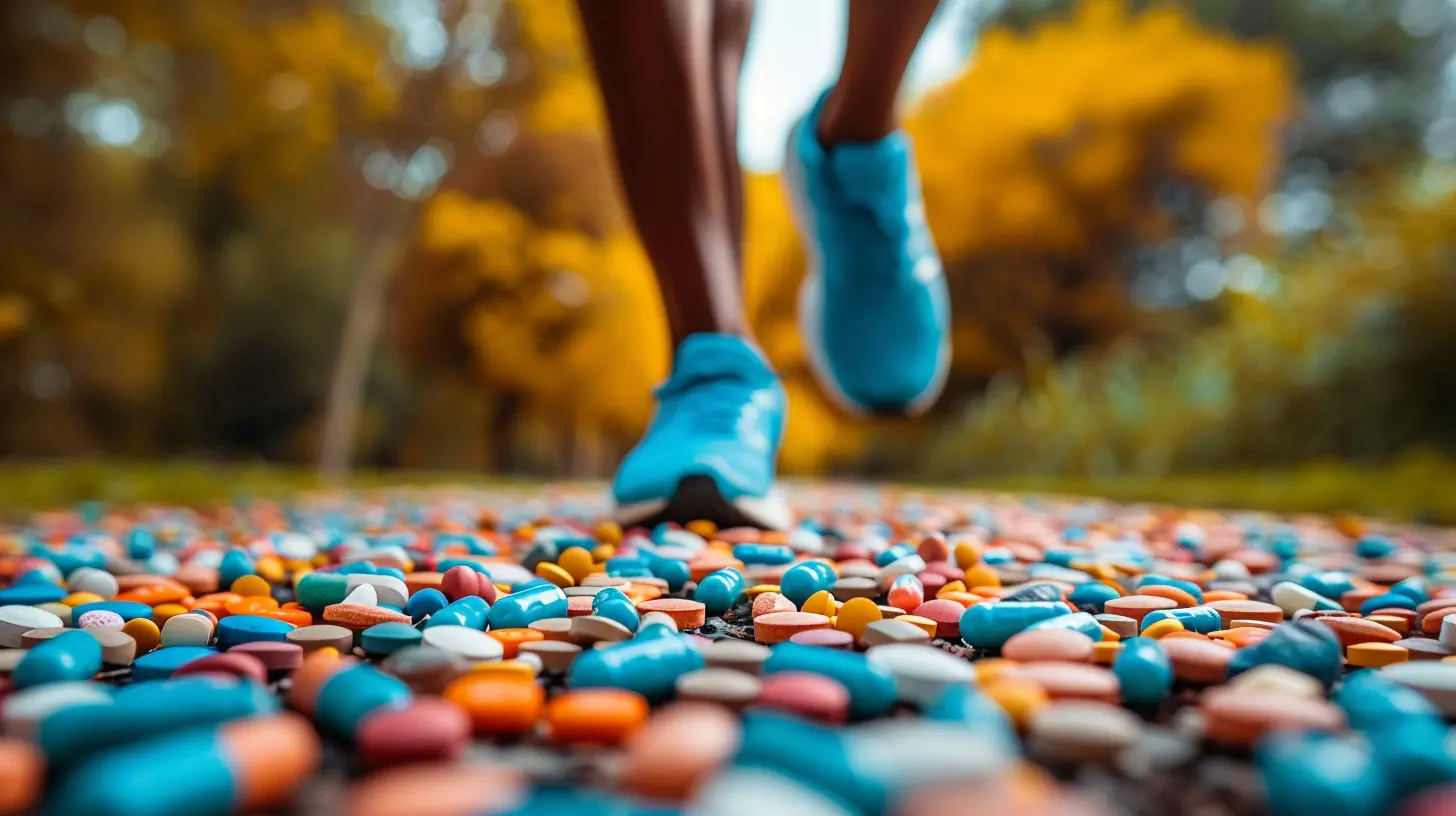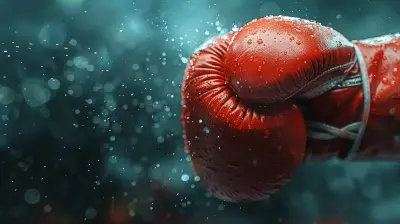12 April 2025
Doping has been a stain on professional sports for decades. From high-profile scandals to underground operations, the battle against performance-enhancing drugs (PEDs) is relentless. But what actually happens when an athlete is suspected of doping? How does the system work from detection to punishment? Let’s break it down, step by step. 
1. The First Line of Defense: Anti-Doping Tests
Doping control starts with routine testing. Elite athletes know that at any moment—during competitions or even while relaxing at home—they can be asked to provide a sample.There are two main types of drug testing:
- In-Competition Testing – Conducted before, during, or after an event.
- Out-of-Competition Testing – Random testing done without prior notice, usually at an athlete’s residence or training facility.
Anti-doping agencies, such as the World Anti-Doping Agency (WADA) and national anti-doping organizations (NADOs), oversee these efforts. They ensure that testing follows strict protocols to prevent tampering or manipulation.
When an athlete is selected for testing, they must provide a urine or blood sample under the supervision of a doping control officer. These samples are then split into two bottles:
- Sample A – The primary sample tested for banned substances.
- Sample B – A backup that remains sealed unless Sample A comes back positive.
This ensures fairness—the athlete has a second chance to confirm or contest the results. 
2. The Science of Detection: How Labs Identify Banned Substances
Once collected, the samples are sent to accredited laboratories for analysis. These labs use mass spectrometry and chromatography to detect prohibited substances. The list of banned drugs includes:- Anabolic steroids – For muscle growth and recovery.
- Stimulants – To enhance focus and endurance.
- Blood doping agents – Such as EPO (erythropoietin), which boosts oxygen levels.
- Human growth hormone (hGH) – To speed up recovery and build muscle.
If Sample A tests positive, the athlete is informed, and Sample B is tested to confirm the findings. If both samples return positive, the case moves forward to the next phase. 
3. Notification and Initial Response
Once a doping violation is detected, the athlete is officially informed. This is where things can get messy. Some athletes admit to doping and accept their punishment, while others fight the allegations.At this stage, they have options:
- Accept the results – Leading to an automatic suspension and punishment.
- Request a Sample B test – To confirm or contest the findings.
- Challenge the results – If they believe there was an error in testing or handling.
Athletes often turn to sports lawyers or doping experts to help build a defense. If they claim the test was flawed, they must prove there was a mistake in sample collection, testing, or chain of custody. 
4. The Investigation Process
If an athlete chooses to challenge the results, a full investigation begins. The governing body—whether it's WADA, a national anti-doping agency, or a specific sports federation—looks deeper into the case.Investigations may include:
- Cross-checking sample handling – Ensuring there were no breaches in protocol.
- Examining medical records – Some banned substances have approved medical uses.
- Looking for contamination – Could the athlete unknowingly consume a banned substance?
This stage determines whether the athlete intentionally doped or if there was an honest mistake. The difference can mean the difference between a short suspension and a multi-year ban.
5. The Hearing: Defense vs. Prosecution
If an athlete disputes their doping allegations, they face a tribunal. Organizations such as the Court of Arbitration for Sport (CAS) handle these high-stakes hearings.Here’s how it plays out:
1. Athlete’s defense – They present evidence and argue their case.
2. Anti-doping agency’s case – They present lab results and expert testimonies.
3. Witnesses – Experts, coaches, or even teammates may be called to testify.
The hearing panel reviews everything before issuing a final verdict. Depending on the severity of the case, athletes can receive anything from a warning to a lifetime ban from the sport.
6. The Verdict: Sanctions and Punishments
If the tribunal finds the athlete guilty, punishments vary based on intent and severity. The typical penalties include:- Reprimand or warning – For minor, unintentional violations.
- Short-term suspension (6 months to 2 years) – Often for first-time offenses.
- Four-year ban – The standard punishment for intentional doping.
- Lifetime ban – Reserved for repeat offenders or extreme cases.
But that’s not all. Many athletes also face:
- Loss of titles and records – Achievements are erased from history.
- Fines – They may have to return prize money won during the doping period.
- Sponsorship losses – Many brands drop athletes embroiled in scandals.
A doping conviction isn’t just about lost playing time—it can ruin reputations, careers, and legacy.
7. Appeals: The Last Hope for a Clean Slate
If an athlete believes the ruling was unfair, they can appeal. Appeals go to the Court of Arbitration for Sport (CAS), the final step in the process.Winning an appeal is rare, but not impossible. If an athlete can prove:
- Testing errors – Mishandled samples or procedural mistakes.
- Contamination – Inadvertent consumption from tainted supplements.
- Medical exemption – A justified, doctor-approved substance use.
Then there's a chance of overturning the ban. However, most appeals fail, and the original punishment stands.
8. The Aftermath: Reputation and Redemption
A doping scandal doesn’t just disappear when a ban is served. Athletes returning to competition often find their reputations in ruins. Fans are skeptical, sponsors hesitate, and some leagues refuse to welcome them back.While some, like Lance Armstrong, have admitted their guilt and faced the fallout, others fight to clear their name for years. Regardless, a doping case leaves a lasting mark—one that’s tough to erase completely.
Conclusion
The lifecycle of a doping case is a rigorous and complex process. From random testing to potential lifetime bans, every step is carefully scrutinized to protect the integrity of sports.For clean athletes, the system offers reassurance that cheaters are being caught. But for those accused—rightly or wrongly—it’s a battle that can define their careers.
At the end of the day, doping is a gamble. And for most athletes, it’s simply not worth the risk.





Sasha Underwood
This article effectively highlights the complexities of doping cases, yet it could delve deeper into the ethical implications and long-term consequences for athletes, sports integrity, and the broader societal perception of performance enhancement.
April 19, 2025 at 4:09 AM